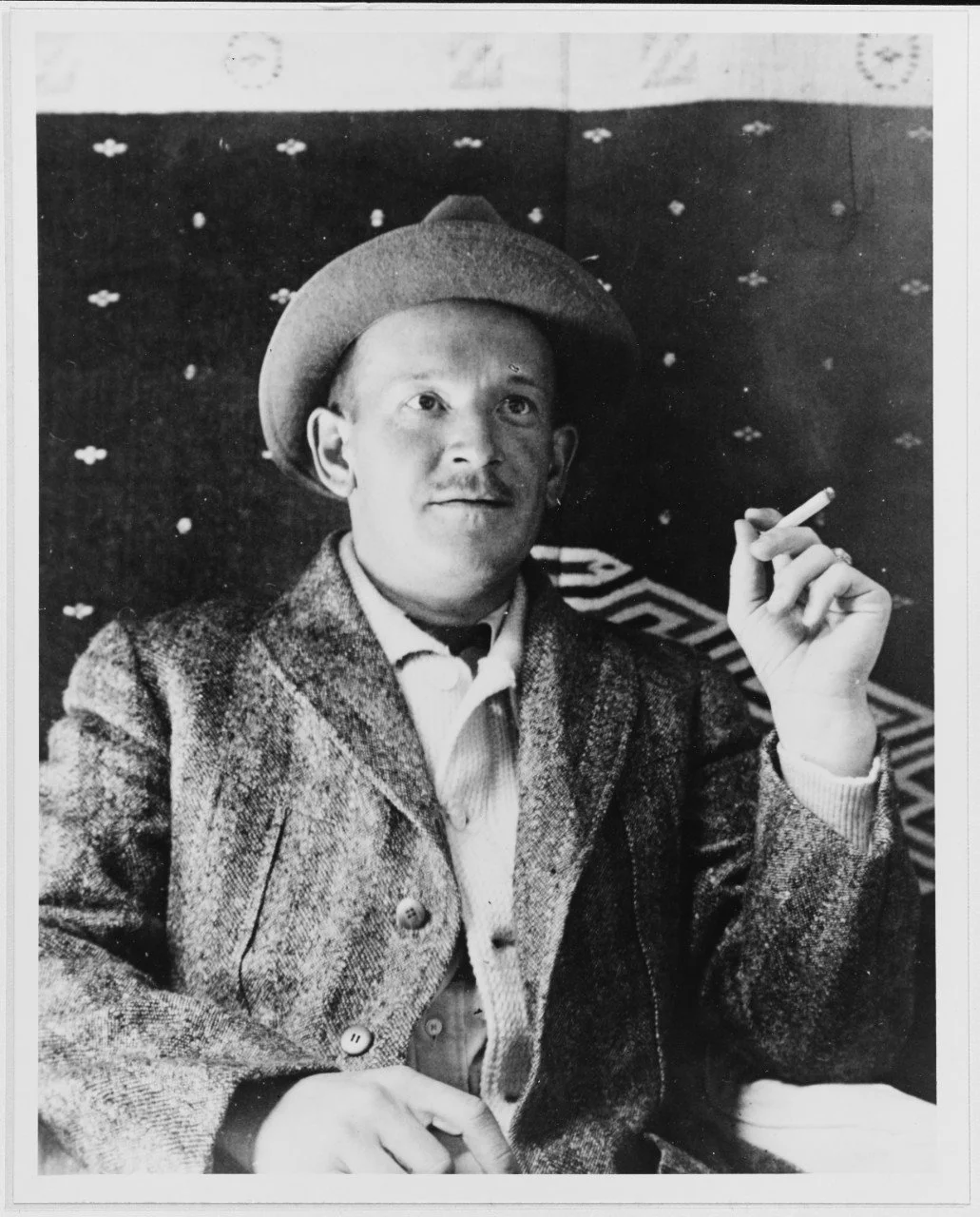Frank J Fletcher
Frank was born on the 29th of April 1885, in Marshalltown, Iowa, and he received an appointment to the US Naval Academy when he was 17 years old. He graduated on the 12th of February 1906, and went on to serve his two mandatory years at sea before being commissioned as an Ensign in 1908. The following year, Frank was drafting duty for the Pacific Fleet and also transported the men to the Philippines on board the USS Tennessee. He took command of a destroyer for two years in 1910 and by the time the USS Florida deployed to Vera Cruz, Frank was a Lieutenant and had been on board for two years. His actions later earned him the Medal of Honor and the citation reads:
For distinguished conduct in battle, engagements of Vera Cruz, 21-22 April 1914. Under fire, Lt. Fletcher was eminent and conspicuous in performance of his duties. He was in charge of the Esperanze and succeeded in getting on board over 350 refugees, many of them after the conflict had commenced. Although the ship was under fire, being struck more than 30 times, he succeeded in getting all the refugees placed in safety. Lt. Fletcher was later placed in charge of the train conveying refugees under a flag of truce. This was hazardous duty, as it was believed that the track was mined, and a small error in dealing with the Mexican guard of soldiers might readily have caused a conflict, such a conflict at one time being narrowly averted. It was greatly due to his efforts in establishing friendly relations with the Mexican soldiers that so many refugees succeeded in reaching Vera Cruz from the interior.
I covered on episode 465 the story of Frank’s uncle, also named Frank. He oversaw the Mexican Campaign operations and also received the Medal of Honor, making them one of two pairs of uncles and nephews to both receive the Medal of Honor and the only uncle and nephew to do so for the same campaign. When the US became involved with World War 1, Frank was gunnery officer of the USS Kearsarge before taking command of the USS Margaret, the USS Allen, and then the USS Benham. While in command of the destroyer Benham, he received the Navy Cross for escorting and protecting troop and supply convoys through waters with enemy submarines and mines. After the war he spent time in California, Washington, and the Philippines, before completing courses at the Naval and Army War Colleges. In August of 1931, Frank became the Commander in Chief of the US Asiatic Fleet and was so for two years before transferring to the Office of the Chief of Naval Operations and being an aide to the Secretary of the Navy until 1936.
Frank was a Rear Admiral and at sea when the attacks on Pearl Harbor happened on the 7th of December 1941, and by May he was commanding task forces during the Battle of the Coral Sea, which was the first action in which aircraft carriers engaged with each other without seeing the other nor firing directly upon the other. He was in command of the USS Yorktown during this engagement and successfully stopped the Japanese Navy for the first time during the war, but it did cost a carrier, a tanker, and a destroyer. Frank was then in tactical command during the Battle of Midway and his actions helped even the odds between the Japanese and American fleet carriers, with the Japanese losing four of their seven at Midway. Frank was promoted to Vice Admiral and went on to command Task Force 61 during the landing at Guadalcanal on the 7th – 9th of August 1942. His last major battle took place in the Solomon Islands at the end of August where the Japanese would withdraw after losing another carrier and 70 aircraft. Frank decided to not pursue them as they withdrew, for which he did receive criticism for. After suffering a gash to his head after being on the USS Saratoga when it was torpedoed by the Japanese, Frank took his first leave after eight months of continuous combat and was then in command of naval forces in the North Pacific. He held this position until the end of the War and he then headed to Japan for occupation duty. This was brief because Frank was soon appointed to the Navy’s General Board and a year and a half later, he retired from active duty after 40 years of service and at the rank of Admiral. He retired to his home in Araby, Maryland and on the 25th of April 1973, Frank Jack Fletcher died just four days before his 88th birthday. He and his wife of 56 years, Martha, are buried in Arlington National Cemetery: Section 2, Lot 4736-E. Thirty-seven years after a destroyer was named in honor of his uncle, the USS Fletcher (DD-992) was a Spruance-class destroyer and named for Frank. He was also portrayed by actor Robert Webber in the 1976 movie “Midway”.












